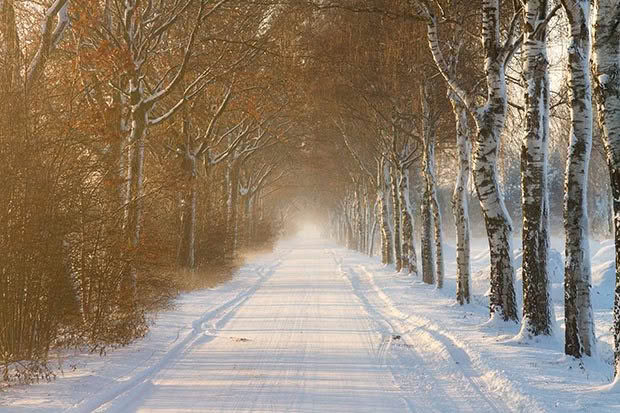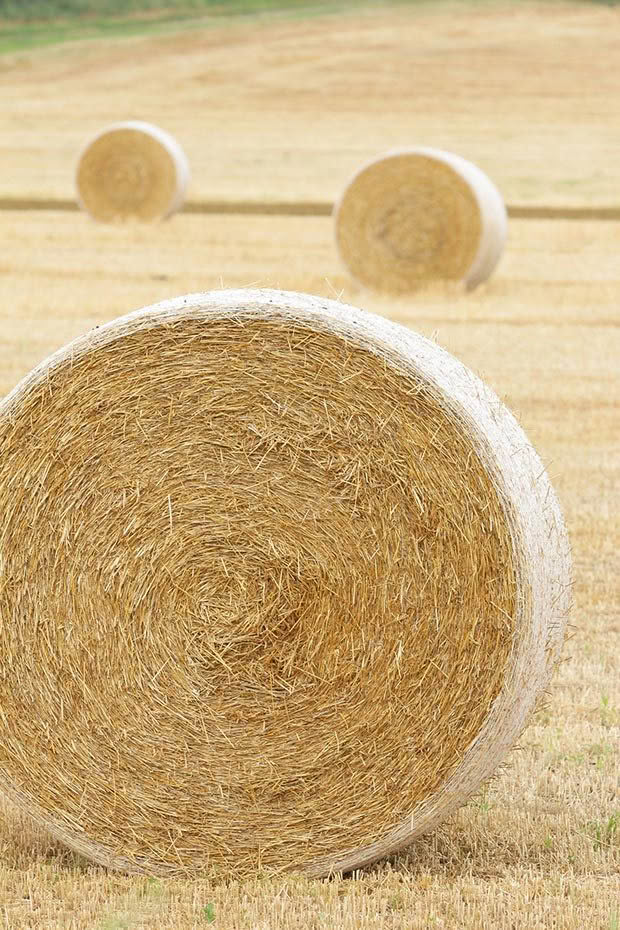11 winter pasture tips

Winter may appear as the dull period at the end of the farming year, but there’s much to do and learn about management for spring.
Words Dr Clive Dalton
Getting pastures growing and feeding stock are your priorities right now, so if things are not working for you then it’s important to get help sooner rather than later.
Winter may appear as the dull period at the end of the farming year, but there’s much to do and learn about management for spring. Breeding stock are mid-pregnancy so winter is the perfect time to start planning.
PASTURE
The first job is to take a careful look at your pastures and decide their fate. Are they totally dead, and so need complete renewal with new seed cultivars? Will sufficient growth come away to save you the cost of renovation?
Those pushing regular pasture renovation to farmers (the industry recommends 20% of pasture should be renewed annually) don’t highlight the cost of the operation because they are selling seed! They only concentrate on the benefits, but if pastures are failing at those high rates then poor management is the problem, not the plant cultivars.
Consider different pasture species such as tall fescue and red clover, which are more drought tolerant than perennial ryegrass and white clover. Look at plants like chicory and plantain which are currently being promoted as ‘drought resistant’. Their only problem is that they may only last 2-3 years despite what the promoters say.
After a hot summer there’s always a lot of bare ground between the dead plants, and weed seeds love this to germinate rapidly after they get moisture and light. But there will be clover seed too waiting to do the same, so check for germinating leaves and stolons. The last thing these plants need is to be damaged by heavy stocking and pugging when the rains come.
There will also be plenty of old ‘hard seed’ in the ground which will germinate eventually, but it may take a long time and weeds will usually beat it. Test it by shaking a jar of water and soil. Leave it to settle, then look at what has floated to the surface.

HOW MUCH FEED WILL YOU NEED?
It’s going to be another winter of feeding out, provided you have enough supplements left over from the summer drought. If not, it will mean buying in feed. There seems to be plenty of feed available from non-drought areas, but the added cost of transport will have to be considered.
If you think in terms of how much Dry Matter will grow per hectare over your block per day, and then how much your animals will need per day, you can soon appreciate that you’ll need a lot of supplement to get through winter. Winter pastures only produce around 15kg DM/ha/day and one adult cow will need at least 14kg DM each day just to maintain her needs and give her the extra body condition she’ll need for calving.
This is the basis of a feed budget, to make sure the feed on the farm will meet the needs of the stock until the critical date arrives when the pasture growth exceeds the stock’s feed demand.
This may vary from year to year so it’s a good idea to talk to a farmer who does regular feed budgets for a farm in your area.
If it’s a mild winter it should be possible to build up a ‘feed bank’ for spring, but this will not be possible if your block is overstocked. Winter is the time when you’ll find this out.
SHOULD YOU ADD FERTILISER?
You might also want to consider the strategic use of a nitrogen fertiliser, provided there is a good ryegrass content in the pasture and the ground is not waterlogged.
However, be careful about the word ‘strategic’ as it has wide interpretations. It could mean ‘when all else fails’. Keep the spreader well clear of creeks and wet parts of paddocks, and apply a number of small dressings rather than one large dollop.
Good growing conditions will give a 10:1 response or better which is 10kg of pasture DM for every 1kg of N in the fertiliser applied. This could happen in a couple of weeks or less, but if it’s cold and miserable it may take three weeks or more, and the response could be lower, or the N could be leached before the plant roots take it up.
TAKE CARE OF YOUR FEED (AND SOIL)
Sadly, there are still people who don’t seem to appreciate that pugging wet soils does serious damage to the delicate ‘crumb’ structure of the soil. Air cannot circulate as it becomes waterlogged and the crumbs smeared. It can take years for the soil to come back to life again.
There’s no point in seeing highly nutritious spring feed, grown at great expense, being pushed down into the soil by cattle. If it’s going to be a wet night, put your cattle on a pad, and use a back fence and mobile water trough when grazing. Just standing cattle off pasture in a race is not acceptable on welfare grounds.
11 WINTER PASTURE TIPS
1 Find out right away what feed supplements you are going to need for winter. Get help to do a proper feed budget.
2 If you don’t have enough feed, get rid of stock now.
3 If you have to buy silage or hay, open a sample bale to inspect its fermentation and freedom from weeds and moulds.
4 If you are offered ‘baleage’, check it closely as it may have been hay that was baled when slightly wet so it could be mouldy.
5 Don’t rely on nitrogen fertiliser to grow all the extra feed you need. Response to N depends on moisture levels and soil temperatures so it’s not a guarantee.
6 Be aware of the impact N fertiliser has on the environment and take care to keep it away from waterways when spreading.
7 Make sure stock clean up hay or silage fed out to them. Feed racks, which can be moved, will avoid pugging and pasture burning from silage bales dumped in one place.
8 Avoid pugging pastures at all costs. Feed and stand-off pads must meet environmental drainage standards.
9 Do a soil test if there hasn’t been one done for over a year.
10 If weeds were bad last year, find out how to fix them for next season.
11 Plant some willows and poplars to feed in future droughts.
Love this story? Subscribe now!
 This article first appeared in NZ Lifestyle Block Magazine.
This article first appeared in NZ Lifestyle Block Magazine.
